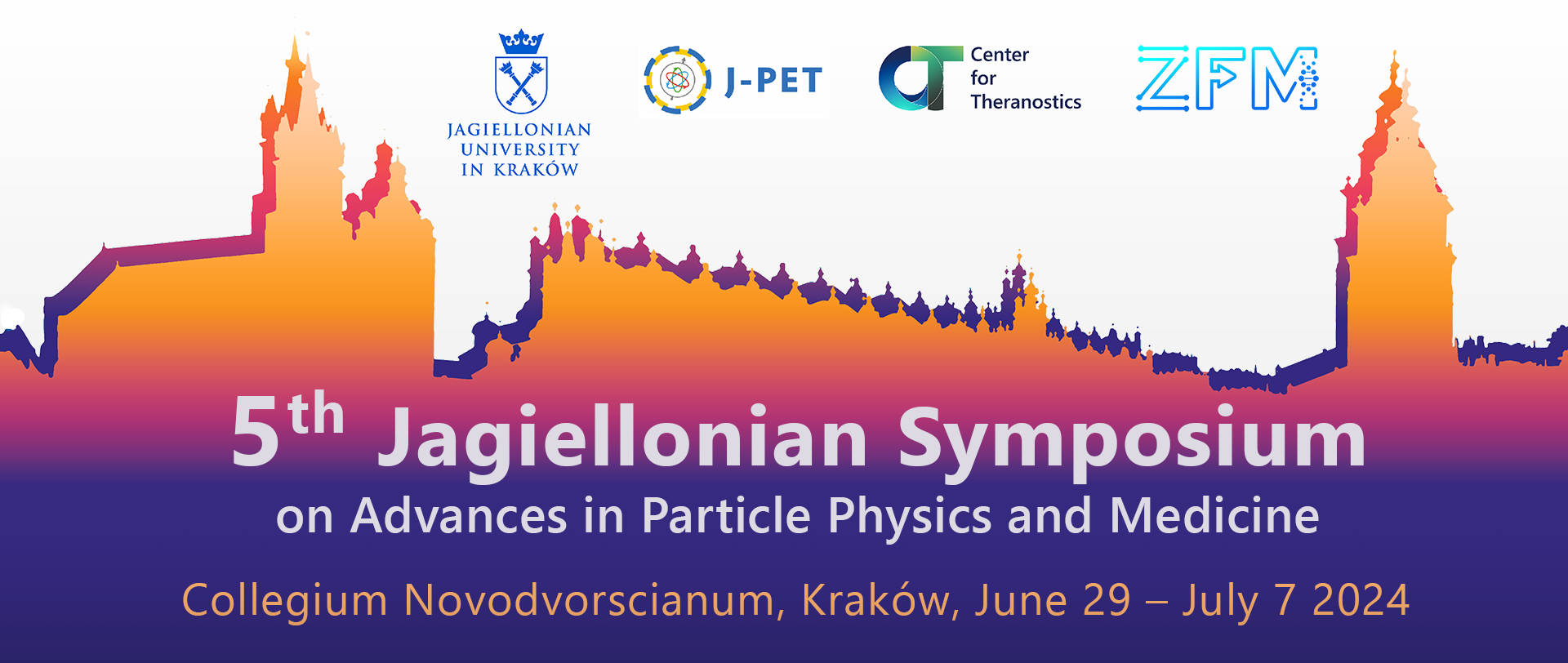 Prof. Abass Alavi (University of Pennsylvania, USA)
Prof. Abass Alavi (University of Pennsylvania, USA)
Dr. Alavi was born in 1938 in Tabriz, a city in the Azerbaijani region of Iran. After becoming a physician he came to the United States in 1966 to study more advanced medicine in a science-based specialty. Together with chemists at Brookhaven National Laboratory (Upton, NY), Dr. Alavi, David Kuhl, MD, and Martin Reivich, MD, introduced radiolabelled glucose as 18F-FDG. Through this collaboration, Dr. Alavi in 1976 was the first to administer 18F-FDG to a human subject, producing tomographic images of the brain with a home-made SPECT device and planar whole-body images with a rectilinear scanner. His group pioneered PET imaging of the normal brain and disorders such as dementia, stroke, glioma, schizophrenia, and brain trauma. He also has been instrumental in advancing applications of 18F-FDG and other PET tracers in assessing numerous malignant and benign disorders. He is among the most cited physician/scientists in the United States, with current annual citations of 3,000 and citation indices of 50,000.
Abstract :
The past 5 decades have witnessed a great revolution in applications of medical imaging to the day-to-day practice as well as research settings. The introduction of X-ray by Roentgen in 1895 was revolutionary in nature and allowed planar imaging of various organs and structures with significant limitations. Tomography was introduced by Dr. David E Kuhl at the University of Pennsylvania (Penn) in the 1960s by using single gamma emitting radiotracers with great success. By the early 1970s, this approach was tested mostly in assessment of central nervous system disorders. However, the introduction of Computed Tomography (CT) by Hounsfield very close in time clearly demonstrated the importance of tomographic imaging to detect structural abnormalities in various organs in the body. However, both CT and SPECT imaging were primarily used to detect blood brain barrier abnormalities with significant limitations in their capabilities to assess brain function in disease states. Investigators at Penn became very excited about using PET imaging for assessment of brain function and other organs in the early 1970s and this led to the synthesis of 18F-Fluorodeoxyglucose (FDG) which was administered to the first human being in August 1976. The introduction of Magnetic Resonance Imaging (MRI) by Peter Mansfield and Paul Lauterbur was also of great importance because of its ability to detect soft tissue abnormalities, particularly in the brain. While the original instruments for any of these three imaging modalities were confined to assessing brain abnormalities, by the 1980s, total body imaging became a reality for examining the rest of the body.
During the past 4 decades, it has become quite clear that disease processes start at the molecular level as the beginning of pathologic states, which may lead to functional abnormalities such as blood flow to the disease sites, and then eventually manifests as structural abnormalities. Some diseases may never lead to structural changes and therefore remain undetected. As such, molecular imaging with either PET or SPECT have become very powerful imaging modalities for early detection of the disease and assessing response to treatment. The sensitivity of either CT or MR imaging for detecting molecular level disease process is unachievable and therefore the claims made about extraordinary power of MR imaging with novel contrast agents never materialized. Therefore, this modality is primarily employed for detecting structural changes at later stages of the disease.
The introduction of FDG has clearly demonstrated the power of molecular imaging with PET and has truly revolutionized the impact of modern imaging techniques in the day-to-day practice of medicine. FDG, alone, is of great importance in the diagnosis and management of 8 major, common diseases and disorders of mankind. Furthermore, essential applications of FDG in the practice of medicine have allowed purchasing PET machines in most clinical centers around the world, demonstrating its necessity for patient care in medicine.
The success of FDG-PET has led to introduction of numerous PET tracers by adopting a variety of radionuclides for research as well as the daily practice of medicine.
The introduction of PET/CT in 2000 was also a major step towards popularizing this modality and enhancing its impact in modern medicine. This combination has been of great importance for surgical interventions as well as radiation therapy of patients with a variety of malignancies.
During the past decade, PET/MRI has been introduced as a combined imaging technique for domains best suited for MR applications. However, this combined modality has been confined to major research institutions around the world. As such, its routine use is uncertain at this time. The introduction of Total Body PET instruments over the past several years has shown the enormous potential of this imaging modality for examining new domains that were somewhat limited by conventional PET/CT instruments. This modality has great potential in diseases that are systemic in nature such as atherosclerosis, inflammatory diseases and musculoskeletal abnormalities.
Finally, the rapid development of theranostic approaches is truly revolutionizing the critical role of PET imaging and therefore enhancing its critical role in patient management and outcome.
Based on what we have witnessed over the past 5 decades, medical imaging has completely transformed the practice of medicine as well as impactful research to a level unimaginable when this revolution was initiated. But among these imaging modalities, PET remains the most powerful because of its potential for revealing biological bases of various diseases and disorders, its ability for detecting the efficacy of various interventions, and finally its contributions to developing better drugs for treatment of multiple serious diseases of mankind in the future.

